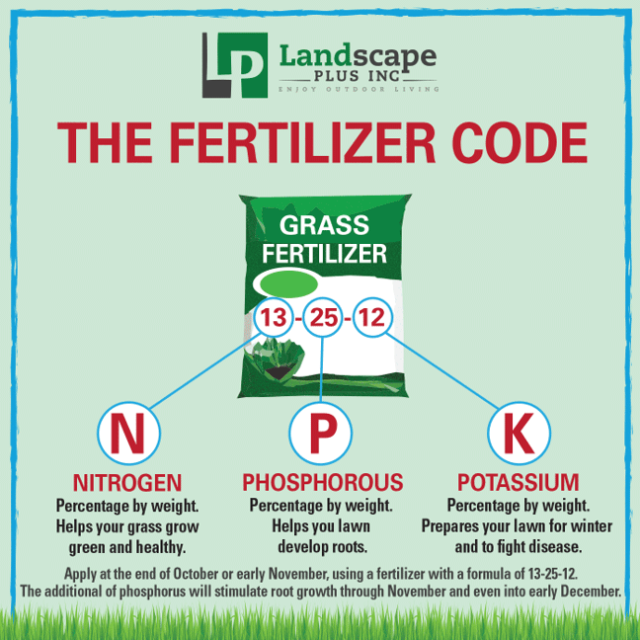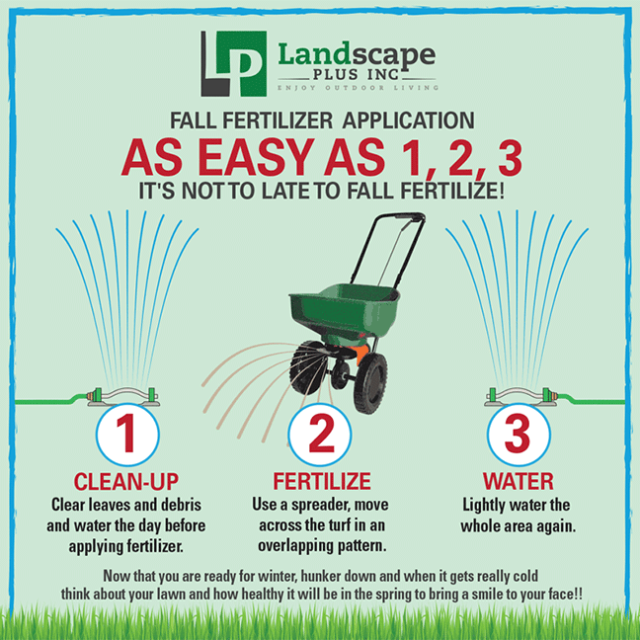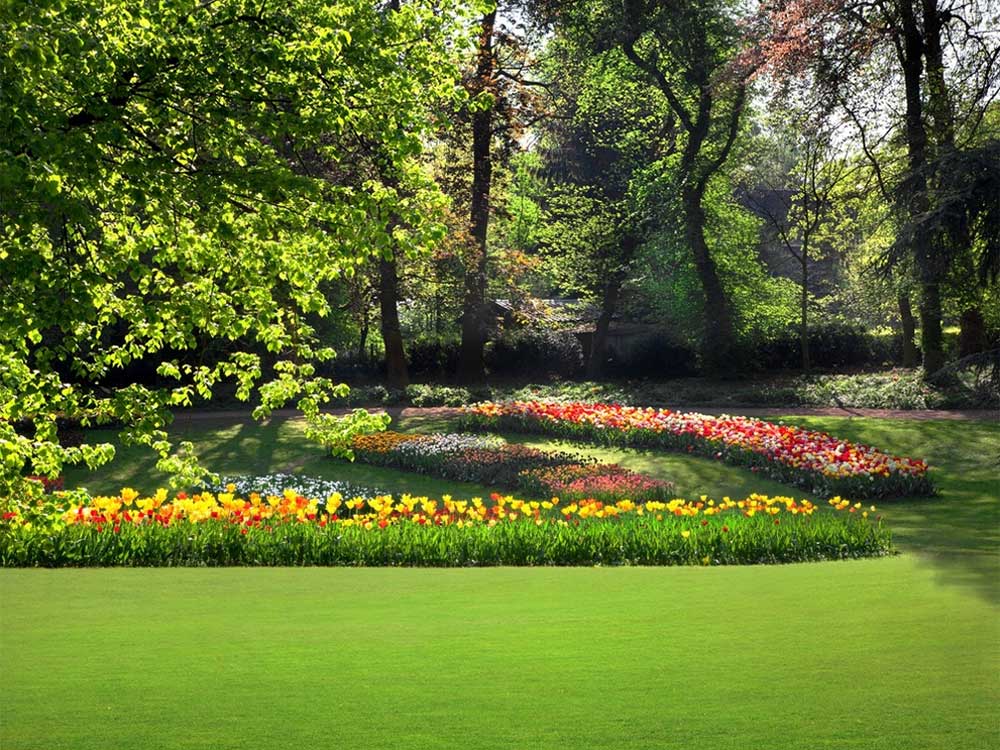If you live in the suburbs or countryside you’re almost certain to have a lawn—and quite possibly dreams of making it as lush and vividly green as possible. Let’s face it, a beautiful lawn can really enhance your property. But it doesn’t happen by waving a magic wand. What you need is something a little more real—like fertilizer. Enjoy these lawn fertilizing tips!
What does fertilizing do for your lawn?
Fertilizing your lawn is one of the most important ways you can care for and protect it. Fertilizers affect the colour and richness of your grass, as well as its ability to recover from stress. They also help prevent weeds and disease from wreaking havoc.
Fertilizers provide essential nutrients to your lawn. They work as a kind of multi-vitamin and contain elements that improve the way the soil works – either with particles like peat to help it to better retain water or vermiculite or perlite, which allow air to flow freely and help the roots get established. With that, here are our lawn fertilizing tips.
What kind of lawn fertilizer should you use?
There are many types of lawn fertilizer on the market and choosing the right one for your lawn begins with understanding grass fertilizer numbers and knowing your soil and sod type. A little bit of research goes a long way.
 All lawn fertilizers contain three main nutrients: nitrogen, phosphorous and potassium (NPK). The NPK indicates the percentage by weight of each of these three nutrients. For example, a common type of all-purpose fertilizer is referred to as 10-10-10. That means the bag contains an NPK ratio of 10 percent nitrogen, 10 percent phosphorous and 10 percent potassium. The remaining ingredients contain other nutrients and fillers.
All lawn fertilizers contain three main nutrients: nitrogen, phosphorous and potassium (NPK). The NPK indicates the percentage by weight of each of these three nutrients. For example, a common type of all-purpose fertilizer is referred to as 10-10-10. That means the bag contains an NPK ratio of 10 percent nitrogen, 10 percent phosphorous and 10 percent potassium. The remaining ingredients contain other nutrients and fillers.
- Nitrogen (N) promotes rapid growth and lush green color.
- Phosphorous (P) helps develop healthy root systems. Starter lawn fertilizers have a high phosphorous count for this reason, while fertilizers for established lawns have a relatively low amount.
- Potassium (K) boosts the overall health of your grass and helps with disease resistance, drought protection and cold tolerance.
The main types of fertilizers are granular, liquid, organic and synthetic. Each is designed to produce a different outcome for your lawn.
When should I fertilize my lawn?
 Sadly, summer is a done deal, just like the Blue Jays for 2021 (though there’s always next year), and winter is on the horizon. Yes, it’s fall, the best time of year to fertilize your lawn for several reasons, including:
Sadly, summer is a done deal, just like the Blue Jays for 2021 (though there’s always next year), and winter is on the horizon. Yes, it’s fall, the best time of year to fertilize your lawn for several reasons, including:
- The grass is still growing and capable of storing nutrients.
- There’s extra moisture available to the turf to absorb the fertilizer because of the morning dew.
- Fall provides an opportunity for the grass to strengthen for the upcoming winter.
- The growth of strong roots in the fall gives the lawn a head start in the spring.
The ideal day to apply fertilizer is 2-3 weeks before the ground freezes. To figure this out check out weather charts for your area to find out when you typically get your first frosty day.
How should I fertilize my lawn?
Always follow the manufacturer’s recommendations for application. Generally, it’s best to water your lawn thoroughly a day or two before applying fertilizer – or apply it a day or so after a good rainfall. When fertilizing with powdered or granulated mixtures, it’s always best to use a spreader and to move across the turf in a pattern with slightly overlapping edges so that you ensure the most even coverage of the whole lawn. Then lightly water the whole area again, which will wash the fertilizer off the grass blades and into the soil. Try to avoid fertilizing if heavy rains are forecast to prevent your hard work from being washed away.
Contact Landscape Plus
At Landscape Plus we have a lot of knowledge about fertilizers and how to optimize their application. If you need assistance implementing these lawn fertilizing tips, feel free to contact us to learn how we can help you.



